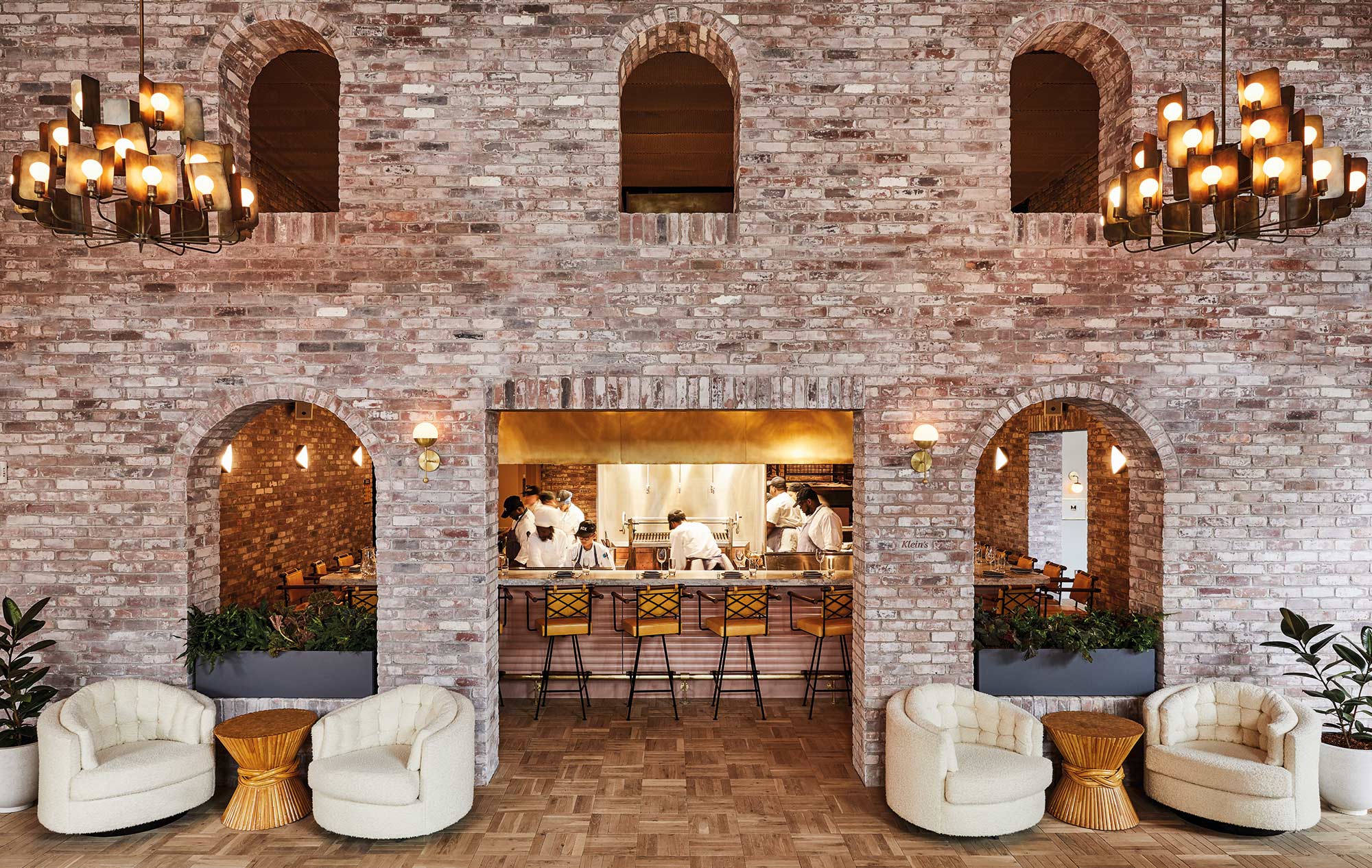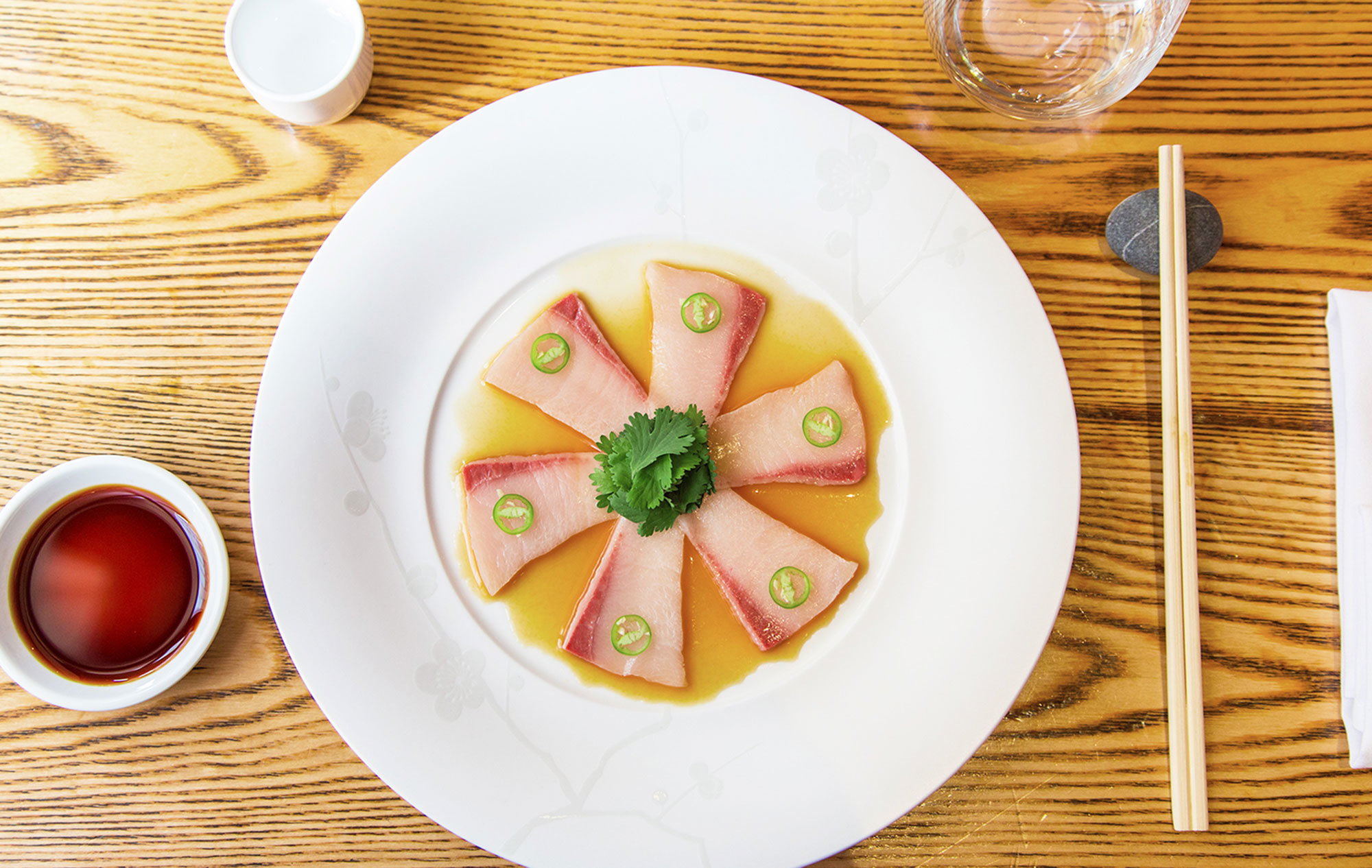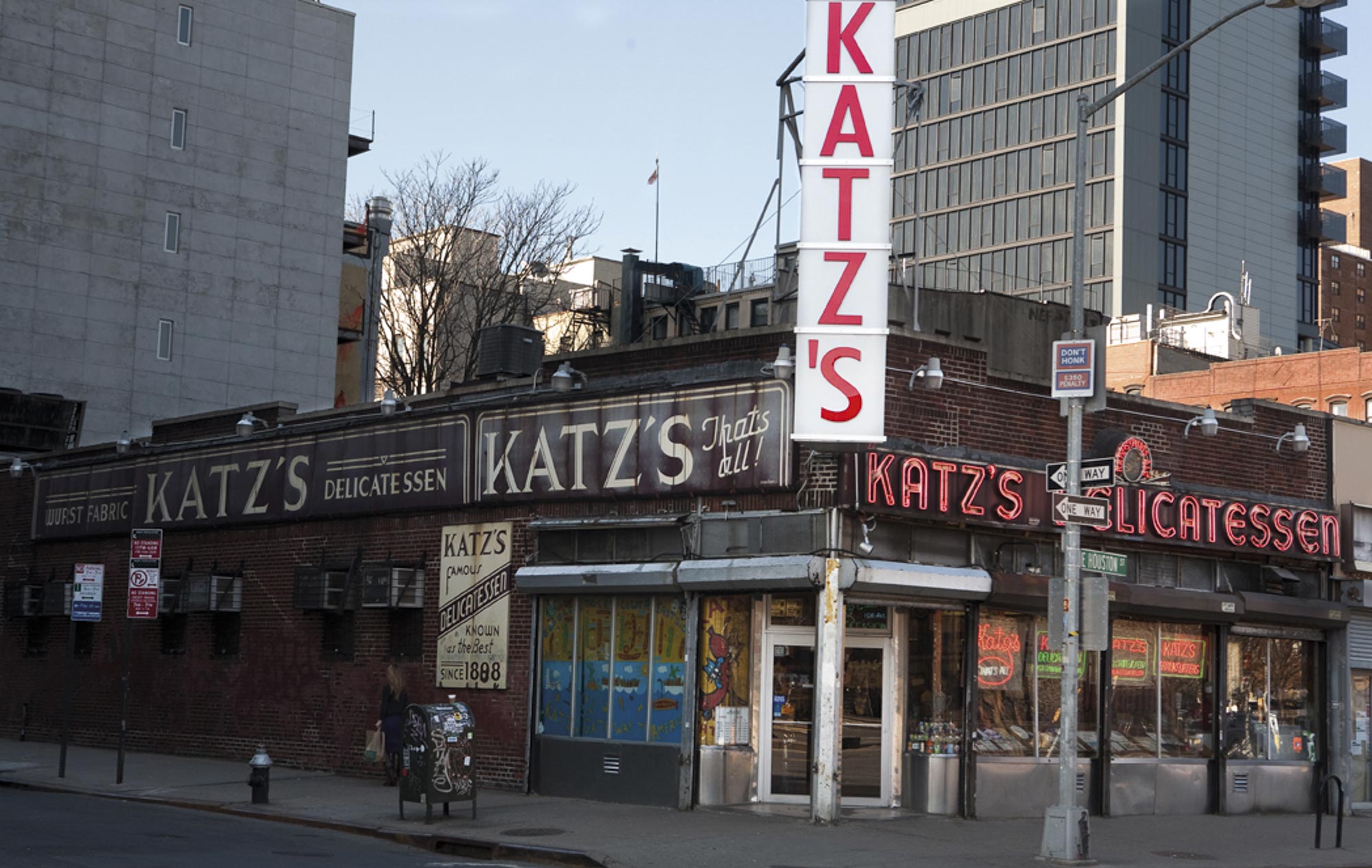Hang out at Battery Park or South Street Seaport on a summer evening and you’ll likely encounter an increasingly common sight this side of the Brooklyn Bridge: stroller gridlock. In 2010, Lower Manhattan recorded twice the number of children born in the area than in 2001. Wall Street, the financial district (or ‘FiDi’), is no longer deserted after 6pm: by 2014, the population was nearly double the 23,000 recorded in the 2000 Census.
After the 2001 attacks on the World Trade Center, the city’s middle classes fled the southern tip of Manhattan island. Now they are back – with kids in tow. The concurrent boom in property, hotel openings and the food scene led The New York Times to describe this former ghost town as ‘the new downtown – it’s as if the island’s centre of gravity has shifted’.
Those kids have busy lives. The children’s section of Poets House on River Terrace is stacked with Dahl, Milne, Seuss, Carroll and similar classics, and there’s even – gasp – an old-school typewriter with satisfyingly clackety-clack keys. And while the New York Kids Club on South End Avenue is members-only, there are evening pyjama parties and weekend activity programmes.

But there are also more workers down here, too: and not all are besuited brokers and bankers. The 2014 opening of One World Trade Center (aka the Freedom Tower), at 546 metres the tallest building in the Western hemisphere, brought high-profile businesses and their affluent employees south from Midtown. Projects such as the revival of Governors Island and the transformation of the Seaport complex into a retail and events centre have accelerated Lower Manhattan’s transformation.
But what about visitors? In early 2010, the Hyatt Group opened its luxury boutique hotel, the Andaz, off Wall Street. It was a bold statement of faith in this once forlorn district. There’s been a rush to follow its lead. Last year, The New York Post described Lower Manhattan as the ‘darling’ of New York’s booming hotel industry. More recent openings include a 50-storey Holiday Inn (the world’s tallest) and boutique brands Indigo and The Beekman. Under the bridge it may be, but Lower Manhattan is no longer in Brooklyn’s shadow.
Trophy developments and attractions have risen thick and fast. Experiencing the observatory on the top three floors of One World Trade Center is about as close as humans can get to growing wings. Visitors are whisked heavenwards aboard the Sky Pod Elevator, which displays a virtual time-lapse of the New York skyline’s development on floor-to-ceiling LED screens. But the real highlight is the viewing deck, with Manhattan, Brooklyn, New Jersey and the waters that lap the shores of New York spread out below like a vast metropolitan and marine tapestry. Everyone steps onto the Sky Portal – a four-metre glass disc set in the floor – tentatively at first, before revelling in the sensation of gazing down onto West Side Highway. Vertigo? Don’t stress – it’s actually an illusion beamed onto a screen from a live camera.
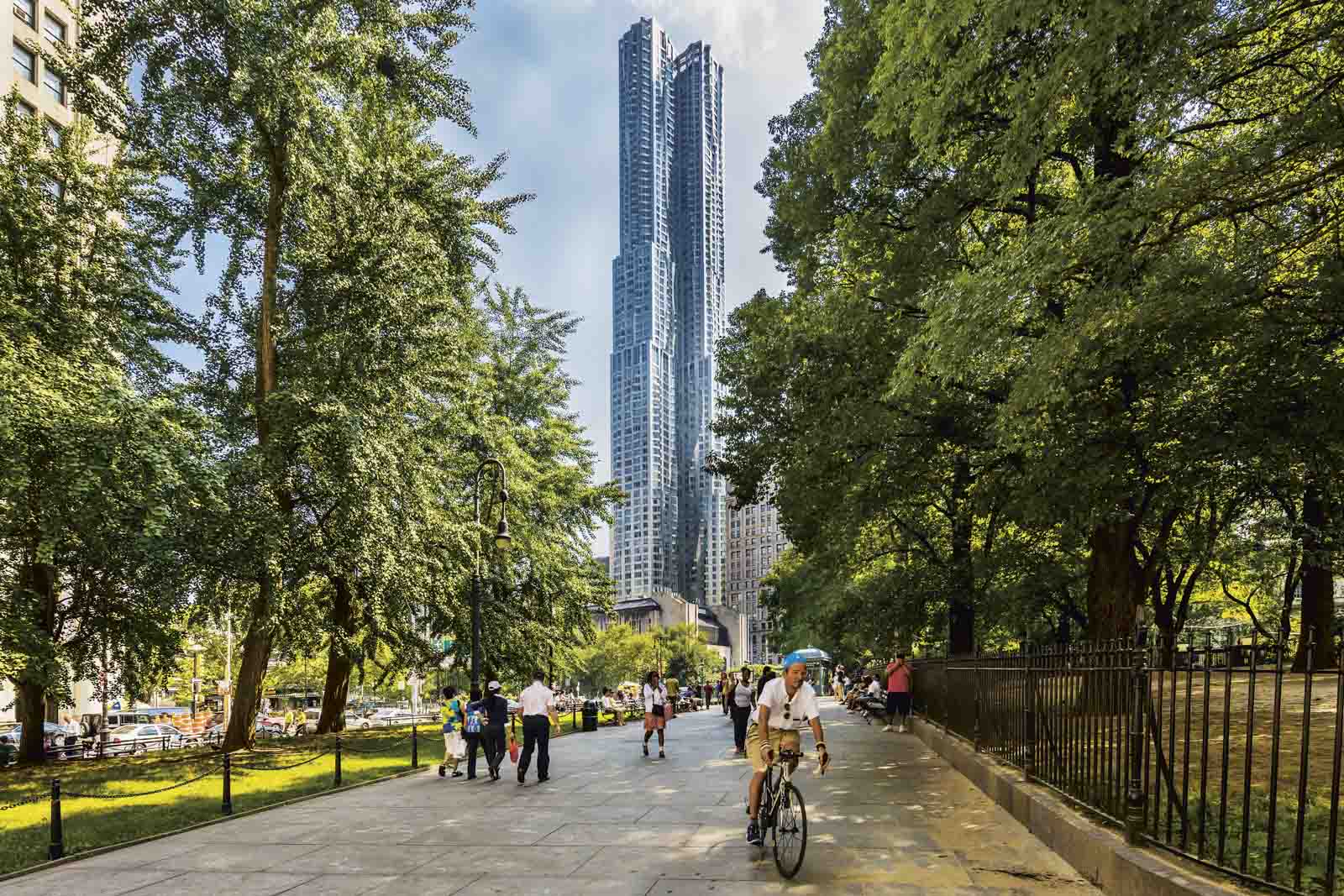
And down below, the phantasmagorical US$4 billion (HK$31 billion) Transportation Hub – conjured up by Spanish architect Santiago Calatrava to suggest a bird being released from a child’s hand – opened in March last year and will eventually handle an estimated 250,000 passengers a day. It’s as much a cathedral as a railway station, centred on the Oculus, a light-infused alpine prism whose varied levels incorporate shops and restaurants that add an element of circus to the concourse.
But nothing has juiced up this slice of the Big Apple – previously regarded as something of a culinary desert – quite like the dining scene.
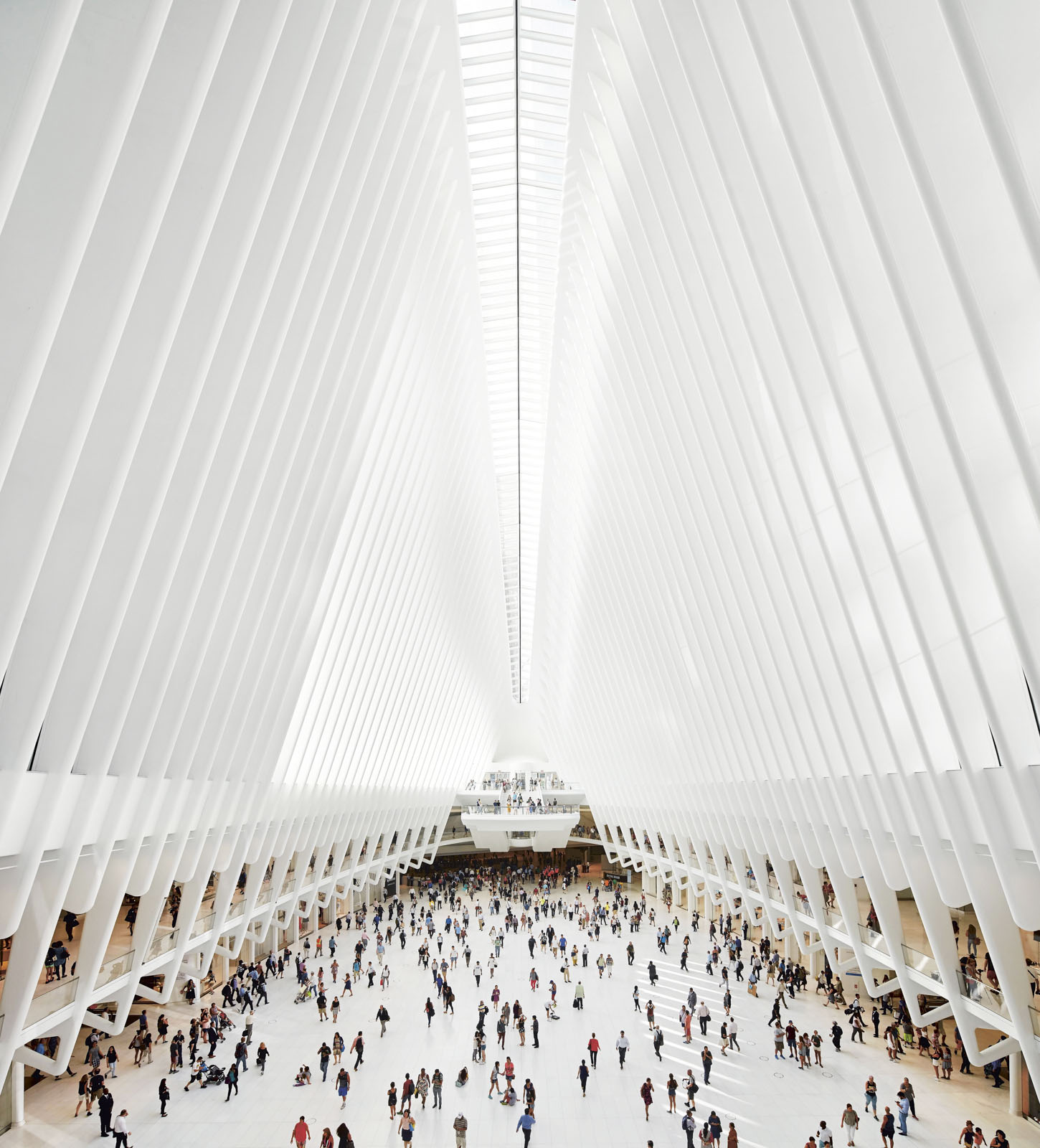
Adding a hefty dash of celebrity to the Four Seasons’ downtown hotel on Barclay Street, Wolfgang Puck opened Cut to a sustained round of applause and clatter of cutlery. At Le District, a heady mix of French-inspired markets and restaurants at shopping complex Brookfield Place has its aficionados foaming at the mouth. And Le District’s Italian foil is Eataly Downtown on Liberty Street. Sean Muldoon and Jack McGarry have capitalised on their success with Dead Rabbit by opening another scintillating bar, Blacktail, while another highly respected duo – Bruce and Eric Bromberg – are due to reveal Blue Ribbon Federal Grill on Wall Street shortly. And, as a final foodie fillip, London steakhouse Hawksmoor, a champion of sustainably sourced beef and heroic cocktails, will open in Three World Trade Center, currently being built, at the end of the year.
But the last word should go to one of the new breed of FiDi residents. Alexander More Nisbett, a partner at video production company VDYO Studios, moved from the Upper West Side ‘just as the dust was beginning to settle with the crash, and there were some (relatively) good deals for renters’.
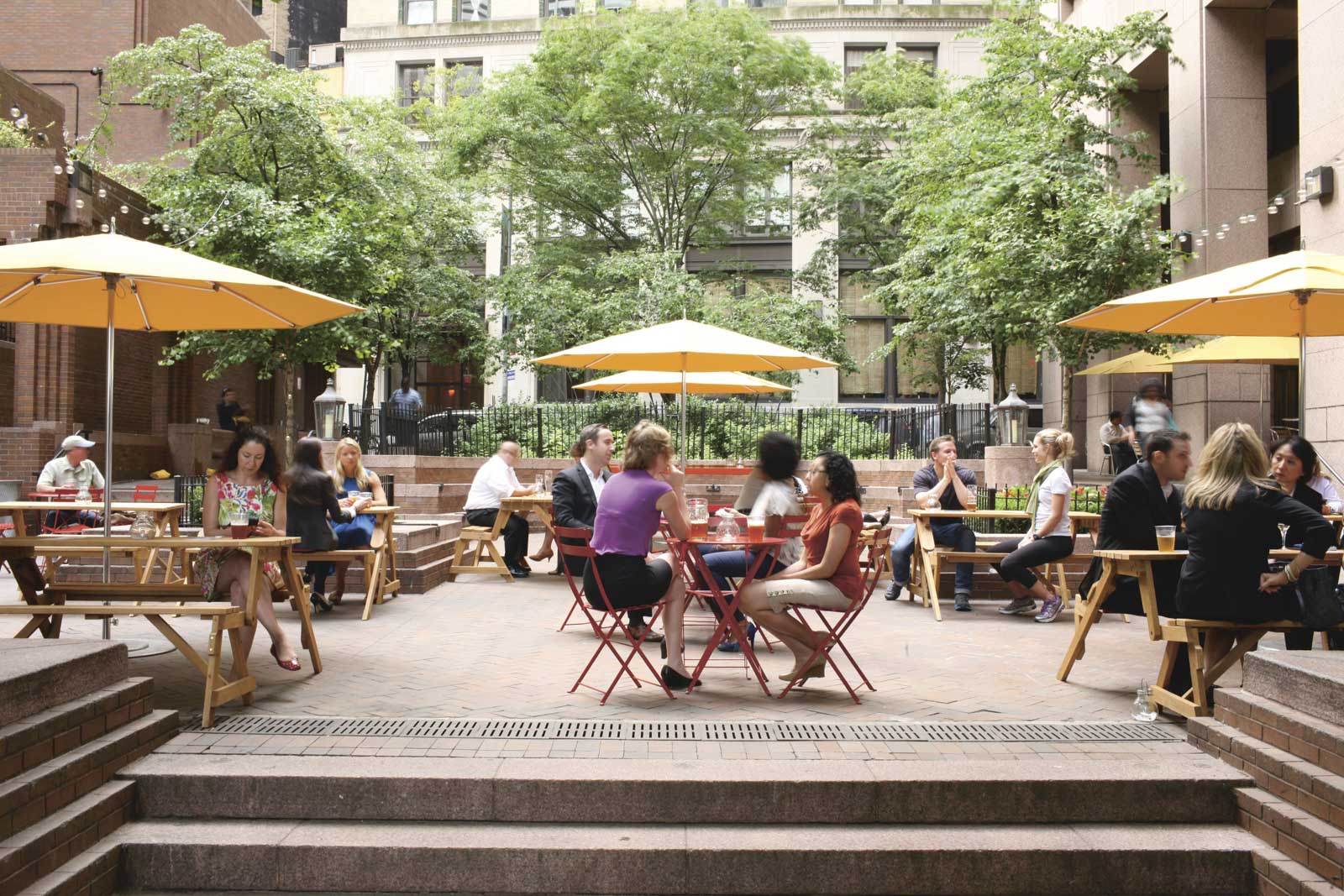
‘Lots of subway lines converge where we are, so we felt it would open up the city a little,’ he says. ‘Since 2008 we have seen the whole neighbourhood change – with lots of higher-end shops and restaurants popping up. A lot of the buildings down here were banks and financial institutions. They’ve been retrofitted for residential purposes – which means some interesting architectural workarounds.’
In this part of America that’s so associated with making money, the accent has shifted. The workplace is becoming a playspace.





